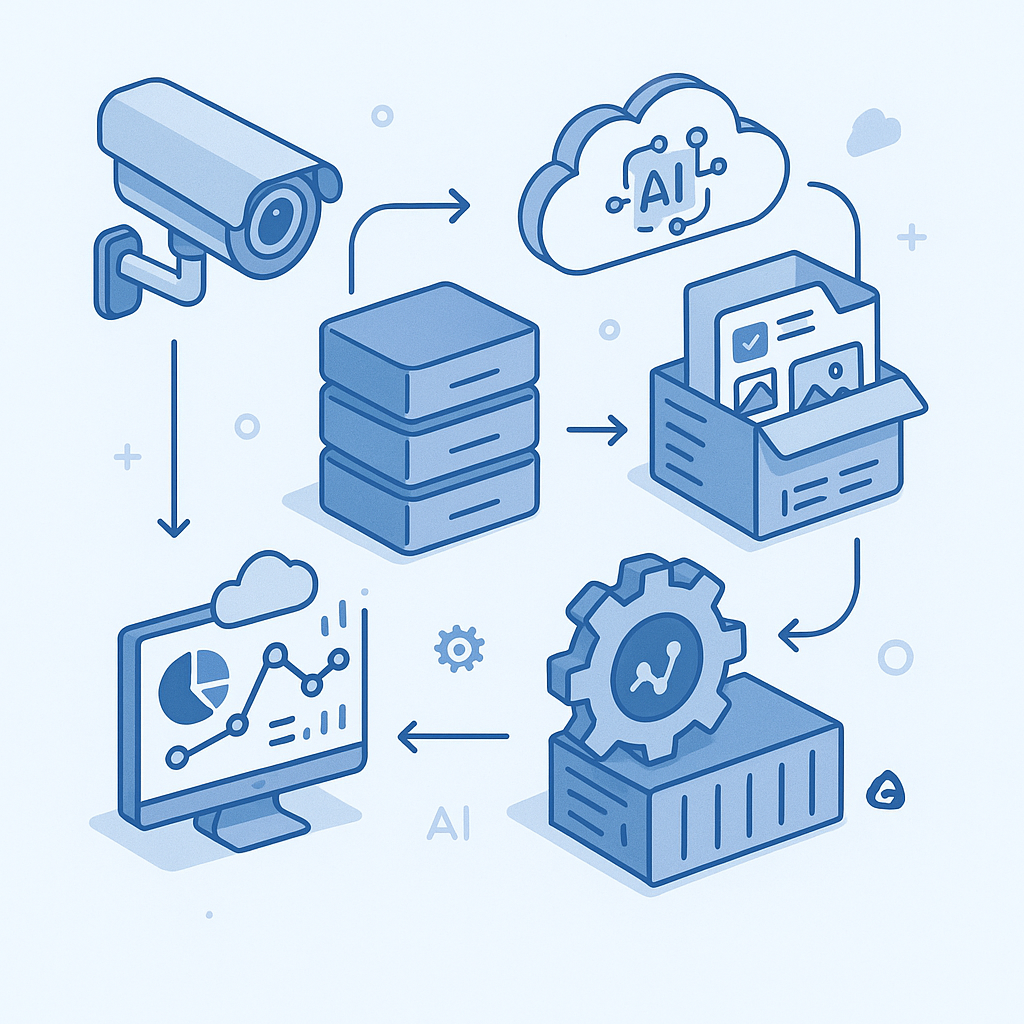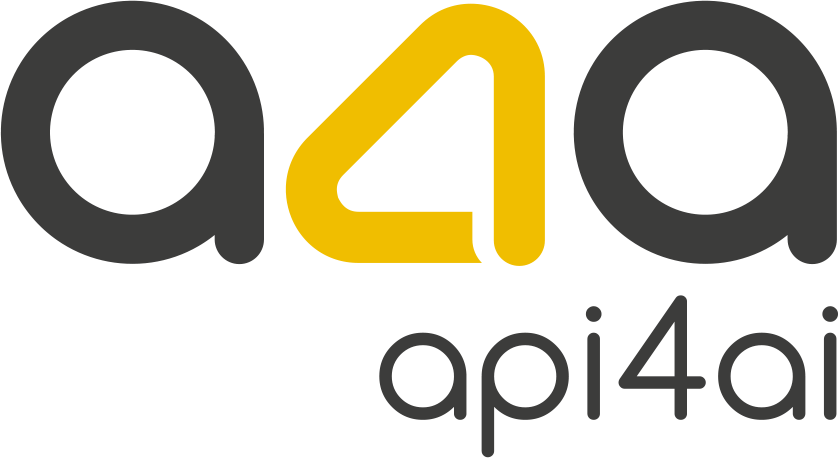
MLOps for Computer Vision: Automating the Model Lifecycle
As computer vision moves from experimental to essential, enterprises face a critical challenge: how to scale and maintain AI models in dynamic, real-world environments. Manual workflows can’t keep up. MLOps — the automation of the machine learning lifecycle — is becoming the key to unlocking long-term value from visual AI. In this post, we explore how modern MLOps frameworks help organizations accelerate deployment, reduce operational risk, and turn AI into a sustainable competitive advantage. From prebuilt APIs to self-healing pipelines, discover how to future-proof your vision strategy.

Key MLOps Challenges and Strategies for Small Businesses in Deep Learning
For small businesses adopting deep learning, managing AI models at scale can be a daunting task. Challenges like data management, costly training pipelines, deployment complexities and model drift can hinder success if not addressed properly. MLOps offers a solution by providing a structured framework to streamline AI workflows, improve model performance and reduce costs.
By leveraging cloud-based APIs, automated pipelines and continuous monitoring, small businesses can ensure their AI systems remain reliable and adaptable to real-world conditions. The future of MLOps will bring even more accessible tools, empowering small businesses to compete with larger players and innovate faster. Scaling AI isn't just for big enterprises — smart MLOps strategies can make it cost-effective and achievable for small businesses too.
